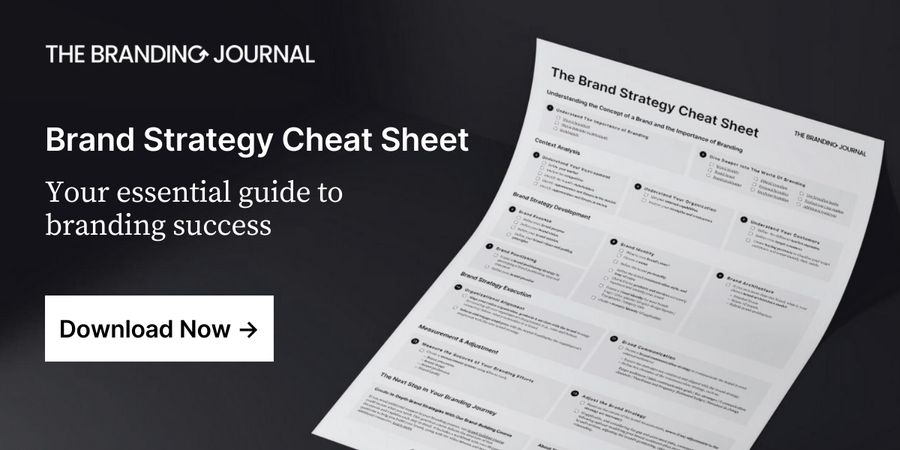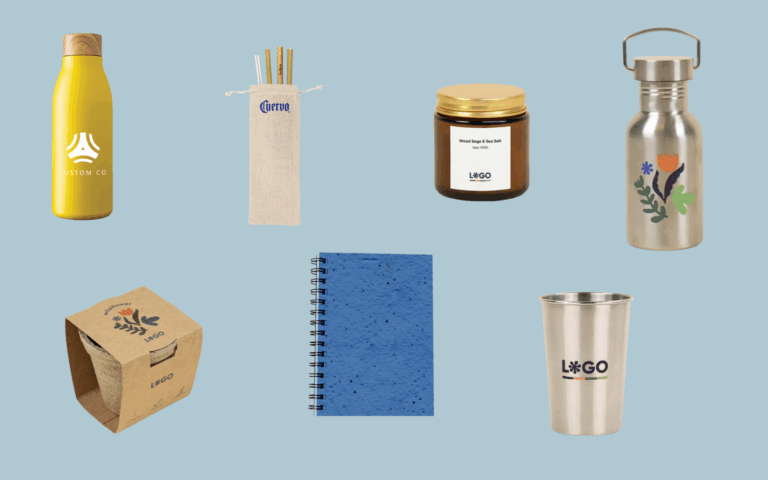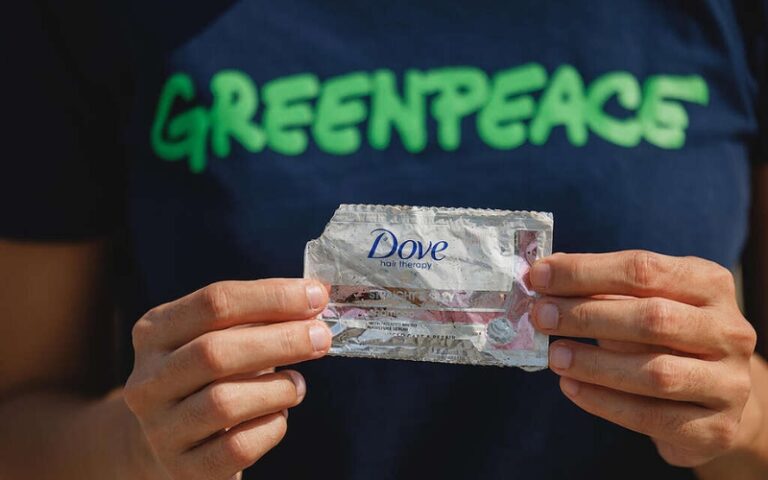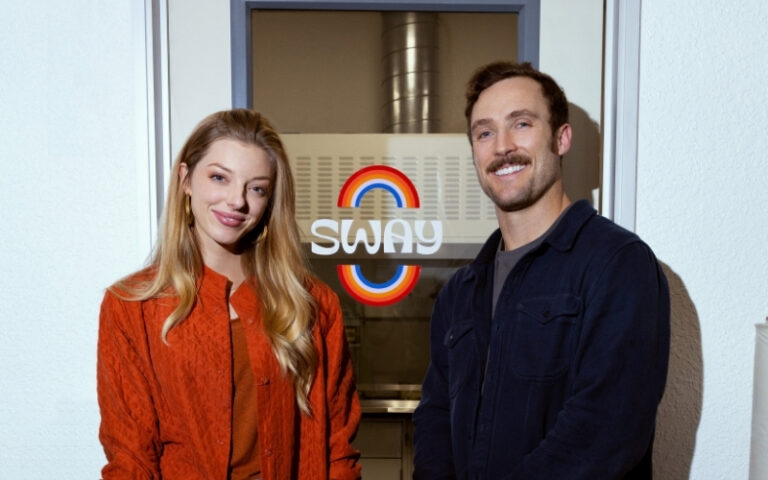Packaging, often called ‘the silent salesman’, is a crucial part of a brand’s product and branding strategy. However, much of today’s packaging is designed for single-use, contributing to the growing problem of plastic pollution and waste.
A great way brands can minimize this global issue is by designing packaging that can be reused. By embracing reusable packaging, you have an opportunity to stand out and lead the way in the circular economy.
And at this stage, you might wonder, what does brand strategy have to do with sustainability or circularity? Many marketers think sustainability is someone else’s responsibility, but in reality, brand strategy is deeply connected to sustainability. Branding influences the entire business operation, and every action made by the brand—including product development and packaging design—affects its impact on the environment and how the brand is perceived.
Embracing reusable packaging for example, can not only improve your brand’s sustainability impact, but also result in cost savings, and a more positive brand image.
In this article, we hope to inspire brands to view packaging as an item that can be kept and reused, rather than discarded after a single use. We’ll explore five innovative ways you can adopt reusable packaging solutions and capture the benefits of a more circular approach.
Proven Systems for Business Owners, Marketers, and Agencies
→ Our mini-course helps you audit and refine an existing brand in 15 days, just 15 minutes a day.
→ The Ultimate Brand Building System is your step-by-step blueprint to building and scaling powerful brands from scratch.
Table of Contents
1. Offer Refill Options in Your Stores or Online

Brands can make it easy for consumers to reuse their packaging by offering refill options for their products. This approach allows customers to either return to the store to refill their products or order refills online, where they can replenish the contents of their existing containers at home. It’s a great way to eliminate the need for new packaging with each purchase and to reduce the brand’s overall environmental impact.
How does it work in practice?
- Refill stations can be set up in-store, where customers bring their empty containers and fill them up with the desired product.
- Brands can also offer online refill services, where customers order refill pouches or cartridges that are shipped directly to their homes. This second option provides the convenience of online shopping while still encouraging the reuse of packaging. However, it also involves additional packaging and emissions related to online shipping.
| Main benefits for brands | Main Challenges for brands |
| – Lower environmental impact from reduced single-use packaging – Reinforced brand associations as the packaging is reused – Opportunity to boost brand loyalty through refilling – Cost savings for the consumer by only purchasing refills | – The logistics of setting up refill stations – Ensuring product quality and safety during refills – Incentivizing customers to participate in the refill program |
Examples:
- The Body Shop has rolled out refill stations across its stores globally. Customers can purchase an aluminum bottle and refill it with select haircare, shower gel, and hand wash products from the brand’s best-selling ranges.
- Mob Beauty has designed make-up palettes to be endlessly refillable and customizable, allowing their customers to refill their palettes and buy only the make-up products and shades they know they will use.
2. Embrace Returnable Packaging via Deposit/Take-Back Systems
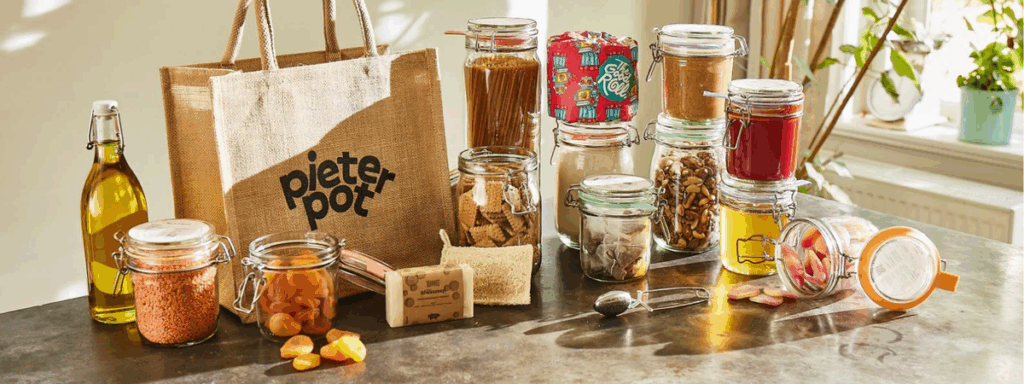
This concept involves brands assuming responsibility for the reuse of their products’ packaging by implementing a deposit or take-back system. The used and empty packaging is either collected from homes or returned by customers at stores or collection points.
How does it work in practice?
- In a deposit model, customers pay a small deposit when they purchase a product, which is refunded when they return the empty container. This encourages customers to participate in the reuse program, as they have a financial incentive to return the packaging.
- A take-back model, on the other hand, is when brands or retailers accept empty containers from customers without a deposit.
The packaging is either cleaned by the brand or a service provider takes care of the cleaning and redistribution for reuse.

Reuse Revolution: Scaling Returnable Packaging” – Page 20
| Main benefits for brands | Main Challenges for brands |
| – Reduced packaging waste – Increased customer engagement – Ability to track and manage the reuse of containers (saving costs) | – Requires careful planning and execution – Need to consider regulatory requirements – Incentivizing customers to participate in the return program |
Examples:
- Pieter Pot is a Dutch package-free online supermarket that allows customers to order groceries online in reusable glass jars. Customers pay a deposit for the glass jars delivered to them and get the deposit back once the jars are returned on the next delivery. The return happens at home but comes at a price (high deposit fees).
- Le Super Tout Nu is a French supermarket that sells products in bulk or in reusable jars, similar to Pieter Pot. The difference is that they use a take-back system instead of a deposit system, recognizing that not all families can afford a deposit per packaged product. Customers receive a 0,10€ voucher for each used packaging they return. These are washed and desinfected by the brand and reused for future products.
3. Offer Reusable Packaging to Your B2B Partners
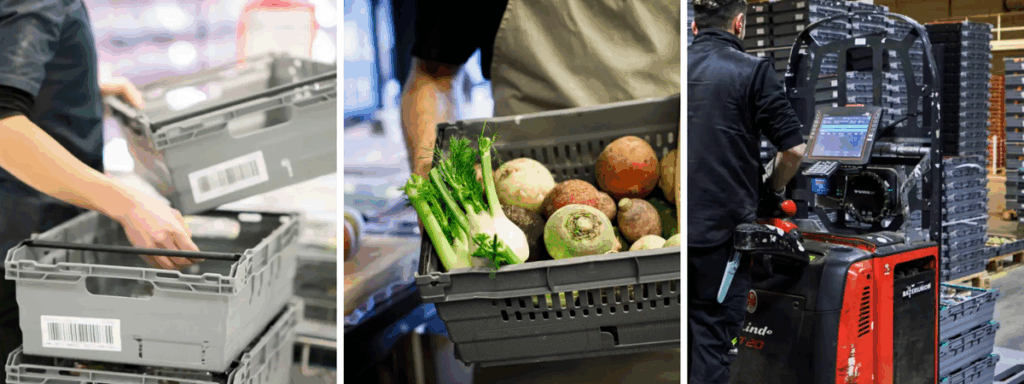
This option is similar to the previous point, but adapted to B2B settings. We don’t think about it enough, but it can be extremely beneficial to explore reusable packaging with business-to-business (B2B) partners, such as wholesale customers or distributors.
How does it work in practice?
Some companies handle this on their own, by having their B2B clients return the packaging after use so they can reuse it. This allows the brand to reuse the same containers for their deliveries.
Other brands opt for a collaborative effort across an entire industry. In these cases, the companies work together to manage a shared pool of standardized, reusable packaging. This shared system allows the packaging to be circulated and reused many times, rather than being thrown away.
| Main benefits for brands | Main Challenges for brands |
| – Lower environmental impact from reduced single-use packaging – Saving costs – Optimized logistics operations | – The logistics of setting up reusable packaging solutions – Ensuring container durability – Addressing any regulatory concerns |
Examples:
- Strange Nature is a Gin Brand from New Zealand that implemented a packaging collection system for their hospitality partners. “We bottled our concoction in a vessel so stunning that nobody wants to throw it away. Then we introduced a hospitality recycling programme so they don’t have to. We collect, wash and refill empty Strange Nature bottles for bars around New Zealand”.
- The Swedish Return System (SRS) is an industry-wide initiative that provides a shared pool of reusable crates and pallets for B2B deliveries in Sweden’s food and beverage sector. Over 1,500 companies now participate in the SRS, which has resulted in more than 50% of all fresh produce being transported using these reusable containers.
4. Partner with ‘Packaging as a Service’ Companies
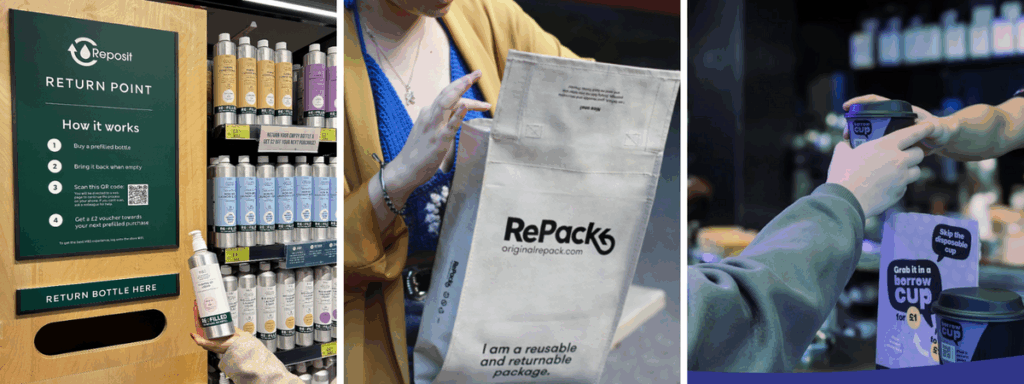
Brands can also collaborate with companies that provide “packaging as a service” solutions, which offer standardized packaging formats that can be collected, washed, and redistributed, simplifying the returnable experience for both brands and consumers.
These service providers handle the logistics of the reusable packaging system for your brand, so that you can focus on the core business while still participating in a circular economy.
How does it work in practice?
The “packaging as a service” model is often a service shared by multiple brands and retailers that contribute to a shared pool of reusable containers. When a customer purchases a product, they can return the empty container to designated drop-off points, such as stores or collection hubs. The service provider then collects the containers, cleans them, and redistributes them to the participating brands for refilling.
| Main benefits for brands | Main Challenges for brands |
| – Reduces the burden on individual brands to manage the entire reuse process – Scalable and accessible – More consistent consumer experience across multiple brands | – Selecting a reliable service provider – Ensuring packaging formats and logistics align with the needs of the brand and its customers |
Examples:
- Reposit is a “packaging-as-a-service” company that does just that. The UK company offers standardized, reusable packaging and aims to remove barriers between retailers, brands, and consumers, facilitating a transition to the circular economy.
- Repack is another “packaging-as-a-service” company, but focused on reusable and returnable e-commerce packaging solutions. Companies can use them to ship their products to clients without wasting single-use packaging after the items are transported.
5. Design Packaging that Can Be Reused for Other Purposes

Brands can also design their packaging to be reused for other purposes after its initial use. It’s a great way to extend the life of the packaging and provide additional value to the consumer.
By creating packaging that can be repurposed in a different way, brands can encourage consumers to hold onto the containers rather than discarding them. It’s a good opportunity to reinforce brand associations and loyalty, as consumers will cherish the packaging and develop positive feelings towards the brand.
In France for example, mustard brands are famous for selling their product in glass containers that are designed to be reused as drinking glasses. But the possibilities are endless! A metallic box for chocolate or cookies can be beautifully designed and kept as an elegant storage object. A beautiful bottle packaging made out of glass or aluminum can be reused as a water carafe at home or as a takeaway bottle for the gym. And so on!
How does it work in practice?
Here, the key is to ensure that the packaging has as much value as the product and can be reused for a very long period. The packaging should also be repurposed in a way that is useful and aligns with the brand’s values. It’s worth investing in high-quality materials that will last and can also be easily recycled when the object reaches the end of its life. Consumers should see the packaging as a durable, multi-purpose item rather than just disposable packaging.
| Main benefits for brands | Main Challenges for brands |
| – Reduces waste – Builds positive brand associations – Enhances the perceived value of the product and its packaging – Brand differentiation opportunities | – Ensuring that the packagings are actually useful and not pushing for overconsumption – Brands may need to provide guidance on how to repurpose the packaging |
Examples:
- The mustard brand Maille packages some of its mustards in thick, high-quality glass jars that double as drinking glasses or clay storage containers once empty. The jar’s elegant shape and durable material make it easy for consumers to repurpose them at home without any extra effort.
- Oquist is luxury cosmetics brand that sells artisanal skincare in terracota packaging. The brand’s packaging are made in partnership with ceramists and are designed to be repurposed as a “piece of art” once empty. While not everyone can afford this type of packaging, the idea is interesting and perfectly fits the repurposing objective.
There are many other examples that can be cited, some more useful than others. I’m thinking of Totem cereal tube that doubles as a toy or storage container, or even Samsung’s TV cardboxes that can be transformed into DIY shelves, toys, magazine racks, and other objects.
References
- www.ellenmacarthurfoundation.org. (2021). An industry wide shared packaging system: Swedish Return System. [online] Available at: https://www.ellenmacarthurfoundation.org/circular-examples/an-industry-wide-shared-packaging-system-swedish-return-system.
- www.ellenmacarthurfoundation.org. (n.d.). Upstream Innovation: a guide to packaging solutions. [online] Available at: https://www.ellenmacarthurfoundation.org/upstream-innovation/overview.





